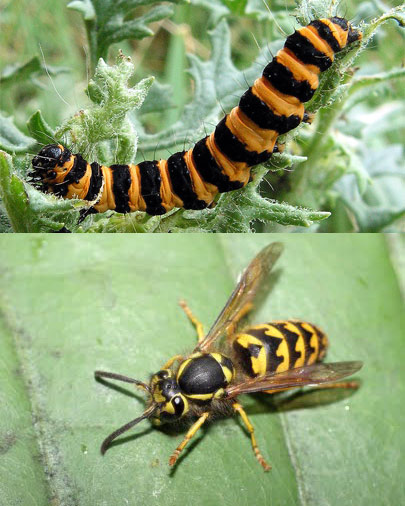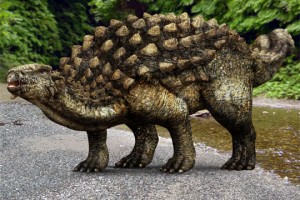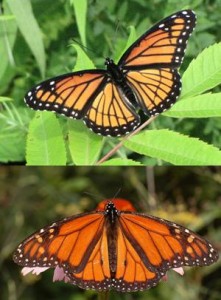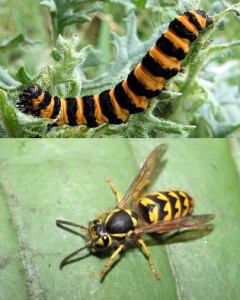
Apart from a few eccentric Germans, being eaten is probably the last thing any of us would ever like to have happen to us. The same is true throughout the rest of the animal kingdom, of course, with millions of adaptations evolving to help prevent such an occurrence happening.
Many of these adaptations are pretty obvious, such as the brutal bony club-like tail of the dinosaur Ankylosaurus, which could fend off attacks from hungry T-Rex almost as well as an old woman swatting away a mugger with her handbag. Another effective way of stopping people getting too close is to adopt a prickly demeanour, which works well for cacti and Russell Crowe.
However, these are really suckers games. Why are so many animals putting so much effort into evolving such elaborate defence mechanisms when they could do what I always do whenever an essay deadline approaches: copy someone else.
Evolution is all about putting as little effort in as one possible can, and so unsurprisingly, there are many examples of animals and plants plagiarising the effort’s of others to reap the benefits with little of the costs. The biological term is mimicry, and comes in several flavours.
Batesian mimicry is the most obvious. Copy the look of another species that is actually dangerous, and predators will be fooled into believing you too are unsafe. This works because most dangerous animals advertise their inedibility – a characteristic known as aposematism. After all it wouldn’t help anyone if you were poisonous but still got eaten by an unsuspecting predator. All you’ve got is two dead idiots. For example, poison arrow frogs light up the rainforests in blue and yellow. These bright colours signal to anyone around that they are off the menu. Birds and mammals in the area will start to associate those bright colours with a very upset stomach and stay away in the future. Now, over time this allows the sneaky Batesian frog to evolve to look like his more unsociable cousin. They have gained all the advantages of not being eaten, without the costly business of making and storing toxins in their bodies.
Müllerian mimicry is slightly different, in that it involves two different species evolving to look like one another, only both of them are dangerous. It seems to have evolved out of an inability in predators to recognise multiple poisonous species. If a predator only recognises, say, blue frogs as poisonous, any poisonous yellow frogs in the area will be at a disadvantage. It is best for all if every dangerous species in an area looks similar, even if genetically they are quite distantly related. Cinnabar moth caterpillar and wasps have a striking similarity, despite the fact they are separated by millions of years of evolution.
Recent research published in the journal Evolution has observed this Mullerian mimicry in catfish in Lake Tanganyika. Although the two species of catfish did descend from a common ancestor, Mullerian mimicry has forced the descendant species to remain similar in appearance. It is one of the first cases of Mullerian mimicry being observed in vertebrates.
So next time you get caught cheating in an exam, just explain you’re following sound biological principles, and that it’s really in the best interest of everyone if you do. Good luck.


